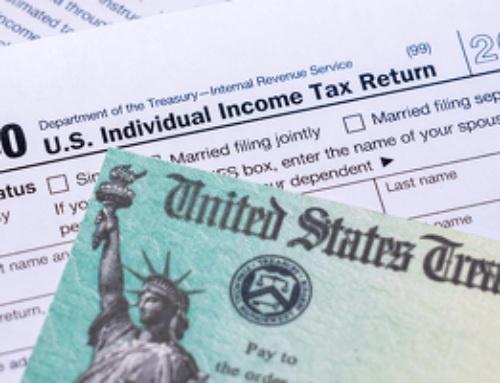In the federal budget bill passed Feb. 9, Congress revived dozens of expired tax breaks retroactively for 2017. Thus, you may now be able to use:
The tuition and fees deduction
If you paid qualified tuition and related higher education expenses, you may be able to deduct as much as $4,000. You can deduct this on a regular return (without itemizing). The deduction is capped at $4,000 for single filers with adjusted gross income (AGI) of $65,000 or less ($130,000 joint). It is capped at $2,000 for single filers with AGI of $80,000 or less ($160,000 joint). This deduction can be a nice alternative to using the American Opportunity Tax Credit or the Lifetime Learning Credit.
Mortgage insurance deduction
If you pay mortgage insurance premiums, you can now deduct them as an itemized deduction. This deduction phases out for taxpayers with AGI of $100,000 or more.
Mortgage debt forgiveness exclusion
Exclude the primary residence qualifying mortgage debt amount from your income taxes if it was discharged or forgiven. Taxpayers forget to mark this occurrence during the year, thus, many fail to capitalize on this exclusion.
Energy-efficient home improvement credit
If you purchased energy-efficient home improvements (such as upgrades to windows, or heating and cooling systems), then you may be able to take a tax credit equal to 10 percent of the amount paid, up to $500.
Bonus Tip: If you’re eligible for any of these breaks but you’ve already filed, you may still be able to claim these by filing an amended tax return.
The IRS is now scrambling to figure out how to apply these late changes to the already published 1040 tax form for 2017. Therefore, If you think you qualify for any of these breaks, remember to bring all related documentation to your next tax filing appointment.






